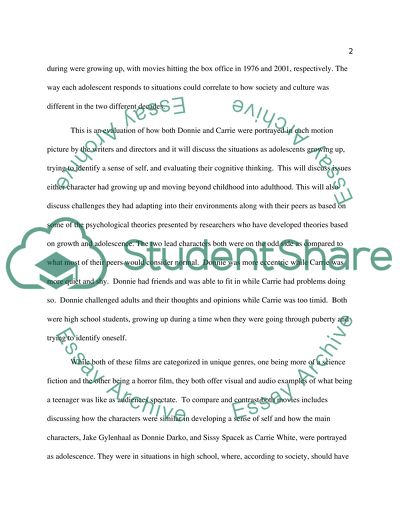Cite this document
(“Adolescence and Cinema Essay Example | Topics and Well Written Essays - 2500 words”, n.d.)
Adolescence and Cinema Essay Example | Topics and Well Written Essays - 2500 words. Retrieved from https://studentshare.org/psychology/1477537-adolescence-and-cinema
Adolescence and Cinema Essay Example | Topics and Well Written Essays - 2500 words. Retrieved from https://studentshare.org/psychology/1477537-adolescence-and-cinema
(Adolescence and Cinema Essay Example | Topics and Well Written Essays - 2500 Words)
Adolescence and Cinema Essay Example | Topics and Well Written Essays - 2500 Words. https://studentshare.org/psychology/1477537-adolescence-and-cinema.
Adolescence and Cinema Essay Example | Topics and Well Written Essays - 2500 Words. https://studentshare.org/psychology/1477537-adolescence-and-cinema.
“Adolescence and Cinema Essay Example | Topics and Well Written Essays - 2500 Words”, n.d. https://studentshare.org/psychology/1477537-adolescence-and-cinema.


